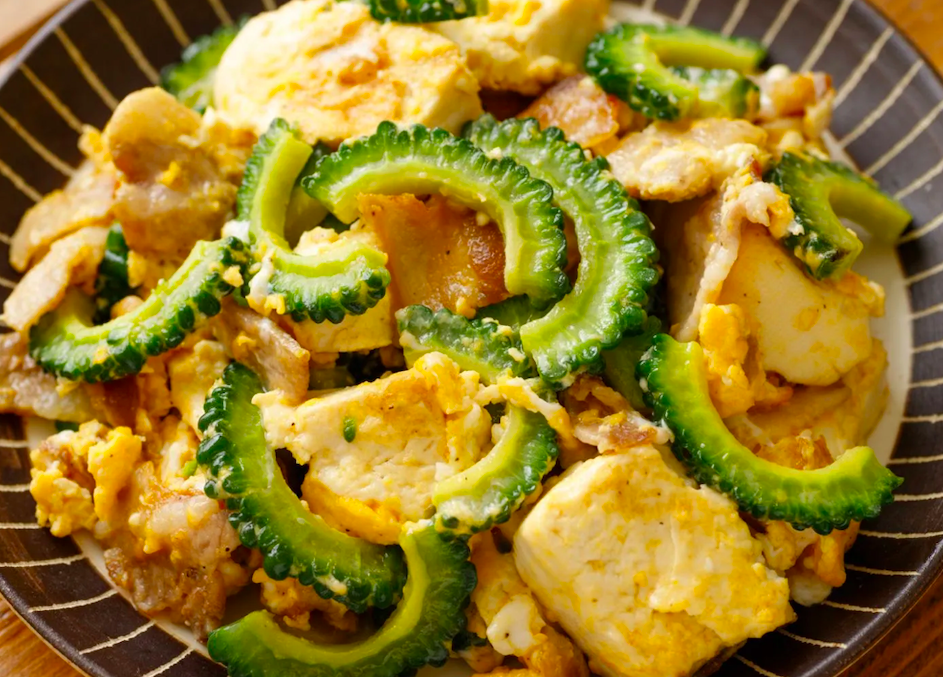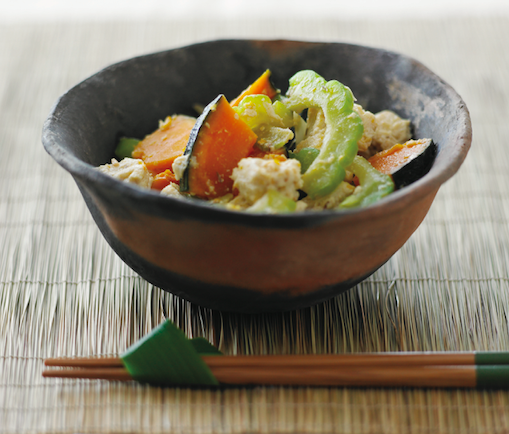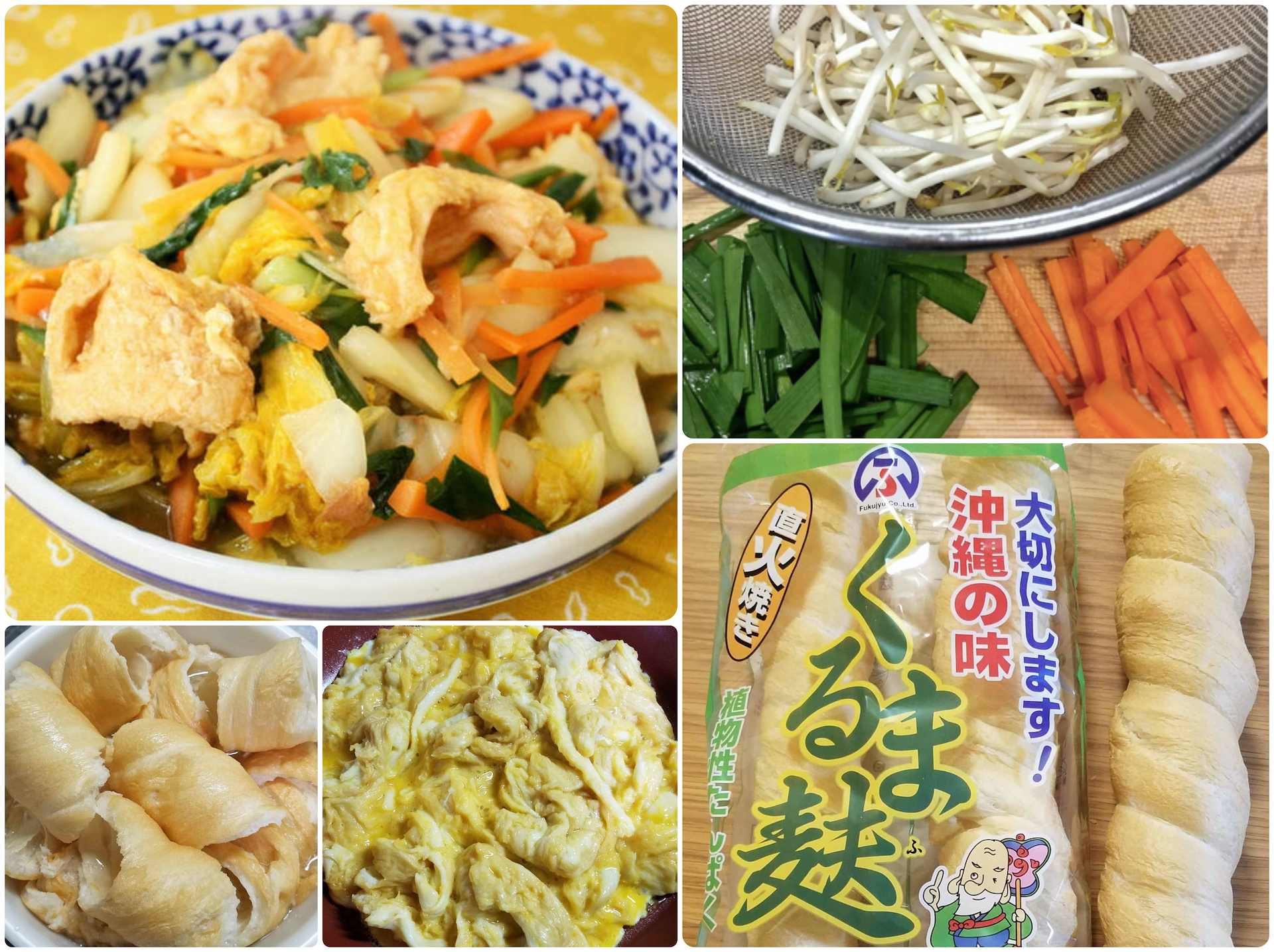
Kitchen Culture Cooking Club
EXPLORE and PRACTICE Japanese cooking in your own kitchenAbout Kitchen Culture Cooking Club
Welcome to the Kitchen Culture Cooking Club, a community space providing encouragement to those who want to EXPLORE and PRACTICE Japan’s washoku wisdom in their own kitchens.
To facilitate this, themed projects will be posted to this page periodically. Project Assignments and links to relevant reference material stored on this site will be posted to this page. Anyone, anywhere in the world, with a sincere interest in Japanese food culture is welcome to browse the contents of this page and then replicate the themed project in their own kitchen.
For those who wish to display-and-discuss their projects with like-minded people, I invite you to join the KITCHEN CULTURE Cooking Club Facebook Group (formerly the TSUDOI Project), an interactive community space.
PROJECT Champuru

チャンプルー
PROJECT Champuru
This Kitchen PROJECT is about making champuru (a stir-fry that is a signature dish of Okinawa) in YOUR kitchen
Every household in Okinawa will have its own variation on the basic theme. A classic version made with bacon, tōfu, gōya, onions and eggs can be downloaded from the CHAMPURU Kitchen Culture blog post.

In my cookbook, KANSHA (page 104-106), I offer a vegan version of miso-glazed champuru made with kabocha squash and chunks of shimi-dōfu (frozen-then-defrosted, the tōfu takes on a meaty texture).
Photo above from KANSHA
© Leigh Beisch, styling by Karen Shinto. Vessel by Frederick Warren.

One of my goals as a teacher is to introduce ingredients and techniques that readers may not be familiar with — especially ones that can provide additional options for those who eat primarily (or exclusively) from the plant world. Okinawa’s champuru is a fine opportunity to discover kuruma-bu 車麩 (spiral-shaped sticks of dried wheat gluten), a plant-based source of protein.
Kuruma-bu is typically inexpensive and, because it is shelf stable, can be stored for months, even years, in a dark, dry, cool spot in your pantry — ready in a pinch when you want to add volume to a dish. Its spongy texture provides a pleasant meaty chewiness. Chunks or wheels of kuruma-bu absorb flavors from the foods with which it is cooked.
Download this recipe for FU CHAMPURU that includes A Guide to Cooking with kuruma-bu.
My August 2022 newsletter is all about champuru.
Recipes and Resources
Stock (Dashi)
Dashi stock is essential to making soups and simmered or stewed dishes. Dashi is also used when making many egg dishes and all sorts of sauces, dips and dressings. Using good dashi will make a noticeable difference in the outcome of so many dishes you prepare.
Click to download recipes for (vegan) Kelp Alone Stock or Standard Sea Stock + Smoky Sea Stock
How to Cook Rice
In Japanese, the word for cooked rice, ご飯 GOHAN, is the same as the word for a meal, ご飯 GOHAN. Indeed rice is central to the meal. Download the Rice with Mixed Grains recipe.
How to Prepare Sushi Rice
Sushi dishes are made with rice that has been seasoned (with sweetened vinegar) AFTER being cooked. Download the Classic Sushi Rice recipe.
Quick Pickles
The Japanese enjoy a wide variety of tsukémono pickles, many can be assembled quickly and are ready to eat within a short time.
Download a recipe for Quick-Fix Hakusai Cabbage.
No Results Found
The page you requested could not be found. Try refining your search, or use the navigation above to locate the post.
